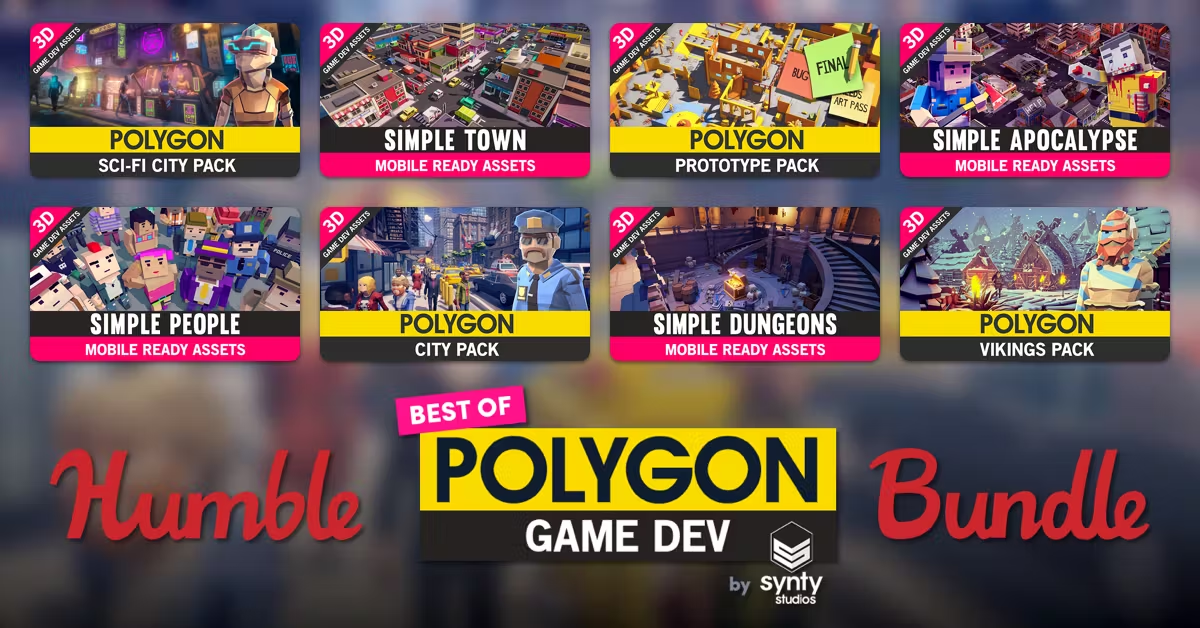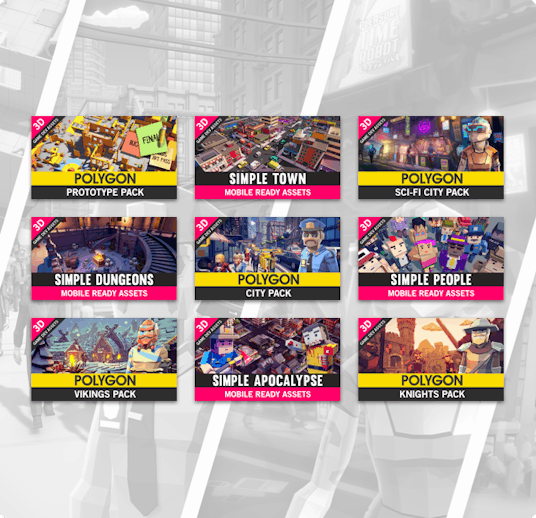Good evening!
My name is Tony Wilson, designer and developer at Grindwheel Games. On my thread (
|OT| - Grindwheel Games Titles) I asked if people would be interested in hearing about the pipeline I have been using to develop my games. (
Grindwheel Games - Our Games) These are Lovecraftian text adventures available on Steam and Android. As I am pretty much flying solo, I thought maybe it could help other developers who are also working on similar projects. Since people seemed interested, I am going to start posting about it when I am able.
Right now I am also working full time for Quarter Circle Games, while doing my own development in my free time. As such I will likely post chunks of the pipeline when I am able. But feel free to ping me questions if you like.

In brief, the method I use to design the games is as follows:
- Concept
- Update
- Development
- Initial Edit/QA
- External Editing
- Art and Music
- External QA
- Final Tests and Polish
I'll cover Concept today, as there is a lot of backstory to the project as a whole in that subject.
Concept
Core Concept
The overall design of the games came from a number of factors within the games industry. When I started looking to leave Jagex back in 2015/2016, I found that many of the companies I applied to considered the previous 11 years of development and design work to not exist or not count on various levels. For development this was pretty obvious, as Jagex uses an internal, home-brew language. So if I applied as a Unity developer they just want 'you have no published Unity experience, sorry'. When it came to design it was a little more baffling, as I had people tell me everything from 'you have
no design experience because the game you worked on was launched before you started working there' to 'you have
too much design experience for MMORPG's to work on our product'.
One of the other issues was that at this time a lot of companies were focused heavily on yearly releases. So to them, having 11 years working on an MMORPG was 1 game in 11 years. And they wanted people who had worked on one game per year (or as close as possible), as that was what they expected me to do when I was with them.
I started working with Carlos on plans to deal with this. In the end, between our schedules and after some experiments with larger projects, we decided that we needed something which could be developed while we both worked our regular jobs, and could preferably see one release per year as part of a series. It also needed to be developed on a tight budget because at this point my wages had been frozen for about five years, so I had balls-all money to put into the project. This meant that I was going to try and do as much as I could, barring the art and music.
We had toyed with the idea of visual novels in the past, and I had also tried to get a series of simple Runescape adventures for tablet up and running. It made the most sense to me at that stage to try and build a simple, modular engine into which I could insert a new story and artwork to ensure I hit a yearly deadline. Again, I needed to be able to show both the coding, story and system design elements to help me get work elsewhere.
Thankfully I ended up working for Sperasoft. Not only did they have a far less toxic environment than Jagex but they also paid well. This was why I was able to upgrade the art from a black and white imitation of the old Fighting Fantasy books to colour, but also speed up the editing process by hiring an external editor. Until then, editing was being done by the testers whenever they had time, so it was slow going!
This resulted in the product as it stands. Something which can be worked on alongside a regular 9-to-5 job in the games industry with a release per year, while being developed with a limited budget in mind. I should also note that it is also something I take pride in, and am very happy to have my name attached to. There have been a lot of people asset-flipping or spamming things onto Steam to pad their CV, but I and the rest of the team wouldn't budge on quality.
Further Concepts
Once the core design of the game and the engine was laid out, I worked on the stories I wanted to plug into it. Some of these were adventure ideas for pen-and-paper games I never got around to running. Pale Harbour was, for instance, going to be an introductory game to a steampunk horror campaign using the Savage Worlds system. Others sprang from projects I worked on while learning Unity. The Vile Philosophers were from a larger project initially. Specifically a text-based adventure game with elements like random dungeons, quests, multiple cities you could visit, and a plan to add new content over time.
Yet more have sprung up as a result of working on the games and trying to flesh out the world and its rules. Red Ripper, for instance, takes place in the Sunlight Alliance. I made a note in the first game that this is a theocratic society, and while working on other things fleshed out exactly what form this took. This then built into the book which will be released later this year.
Overall I generally try to make sure the story has a logical plot which goes from a start to a suitably epic climax. As will be discussed in the Development section, a lot of this is in my mind and expands as I write it all out. Side paths get added at this point too, but overall I try to keep to that core A leads to B leads to C format.
A lot of the time I start with the villains of the piece, often the final boss. From there I work out how to move the player from an initial starting point to this climax. Having run a lot of Call of Cthulhu and other RPG's, I use this experience to create a core storyline to follow where possible. For example, with Pale Harbour, I had started with the idea of the players having the face off against what at first looked like plant monsters until they were killed and bones were discovered inside. Then I started asking myself 'who put them there?' 'How did this work?'
The initial version of events had nothing to do with Externals. It was, instead, being controlled by a necromancer who was using the dead slain off the coast to build an army and enhancing them using his corrupted druid magic. However, as I worked on the concept in my head, I decided to add a scene where the player encountered villagers who had gone mad or fallen to the necromancer's power and decided to a) infect themselves with seaweed and b) offer sacrifices to the skeletons. The idea of a religious following trying to spread the plague seemed to me a stronger theme, and so I changed the sequence of events to the one in the final version.
Anyway, I hope that has been of some help and I should be able to answer questions on my games if you have any.

 www.copons.it
www.copons.it
 ) videogame I've ever created!
) videogame I've ever created! ) videogame I've ever created!
) videogame I've ever created!













